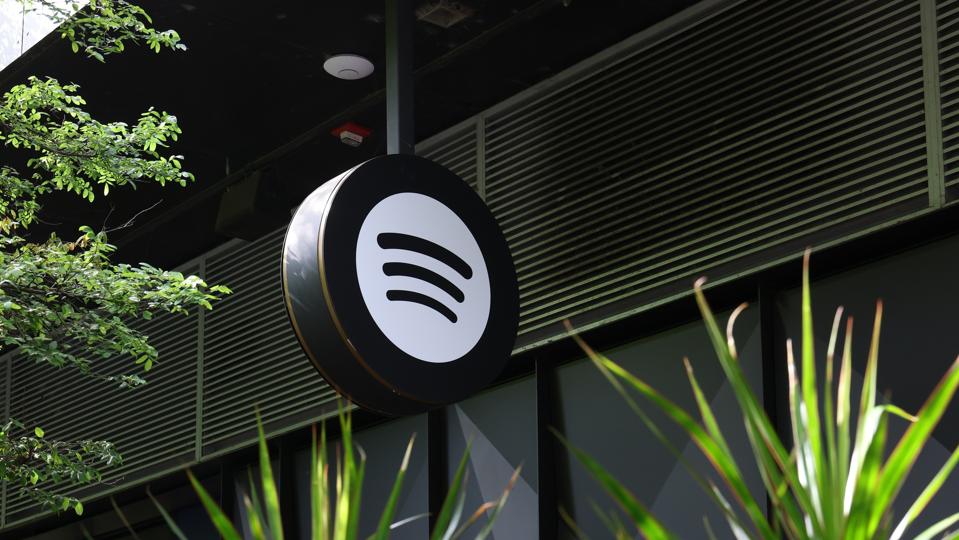Shares of Spotify erupted Tuesday after the audio streaming service delivered robust earnings, as the company seeks to achieve a rarity in the streaming space: Sustained profitability.

Spotify shattered Q2 profit expectations.
Getty Images for Spotify
Key Takeaways
- Spotify stock leapt 14% in early trading, which would be its largest daily percentage rally since October 2019 and second-best day in the Sweden-based company’s six years on the New York Stock Exchange.
- Spotify’s premarket share price of $337 would be its highest intraday share price since February 2021.
- Tuesday’s rally came after the company delivered bumper quarterly results.
- Its record 246 million paid subscribers was above analyst estimates of 245.3 million, according to FactSet, its record $1.44 earnings per share smashed forecasts of $1.14, and its $4.1 billion of revenue was just below expectations of $4.15 billion.
- Perhaps most eye popping was Spotify’s $532 million in second-quarter free cash flow, shattering estimates of $363 million and representing 4,700% year-over-year growth from Q2 2023’s $11 million in the metric which measures how much money a company actually made after expenses in a period.
- With more than $500 million in net income booked in Spotify’s first two quarters and a further $630 million projected over the second half of the year, Wall Street now expects the streamer to easily tally its first-ever profitable year, turning around from 2022’s $467 million loss and 2023’s $572 million loss.
Big Number
330%. That’s about how much Spotify stock is up since the end of 2022. It’s still about 14% shy of its $387 all-time high share price set in early 2021 during streaming’s golden age.
Crucial Quote
Spotify “continues to execute well and drive meaningful profit improvements,” JPMorgan analyst Doug Anmuth wrote in his earnings takeaway note to clients.
Key Background
Spotify, which makes most of its money from its Premium monthly subscriptions which allow users to stream music without ads, is one of the largest entertainment companies in the world with a market capitalisation of about $65 billion. Though Spotify doesn’t directly compete with video streaming services like Disney+, Max and Paramount+, its stock faced a similar trajectory to on Wall Street, capturing the admiration of investors in 2020 and 2021 before mounting losses caused a massive selloff. Other than unquestioned streaming leader Netflix and Spotify, most streamers have struggled to turn large monthly user bases into bottom line boosts, as Paramount has reported negative adjusted earnings losses in its direct-to-consumer unit of more than $200 million in every quarter dating back to the beginning of 2022 and Max parent Warner Bros. Discovery has reported $1.4 billion of cumulative adjusted earnings losses in its streaming division during that time frame.